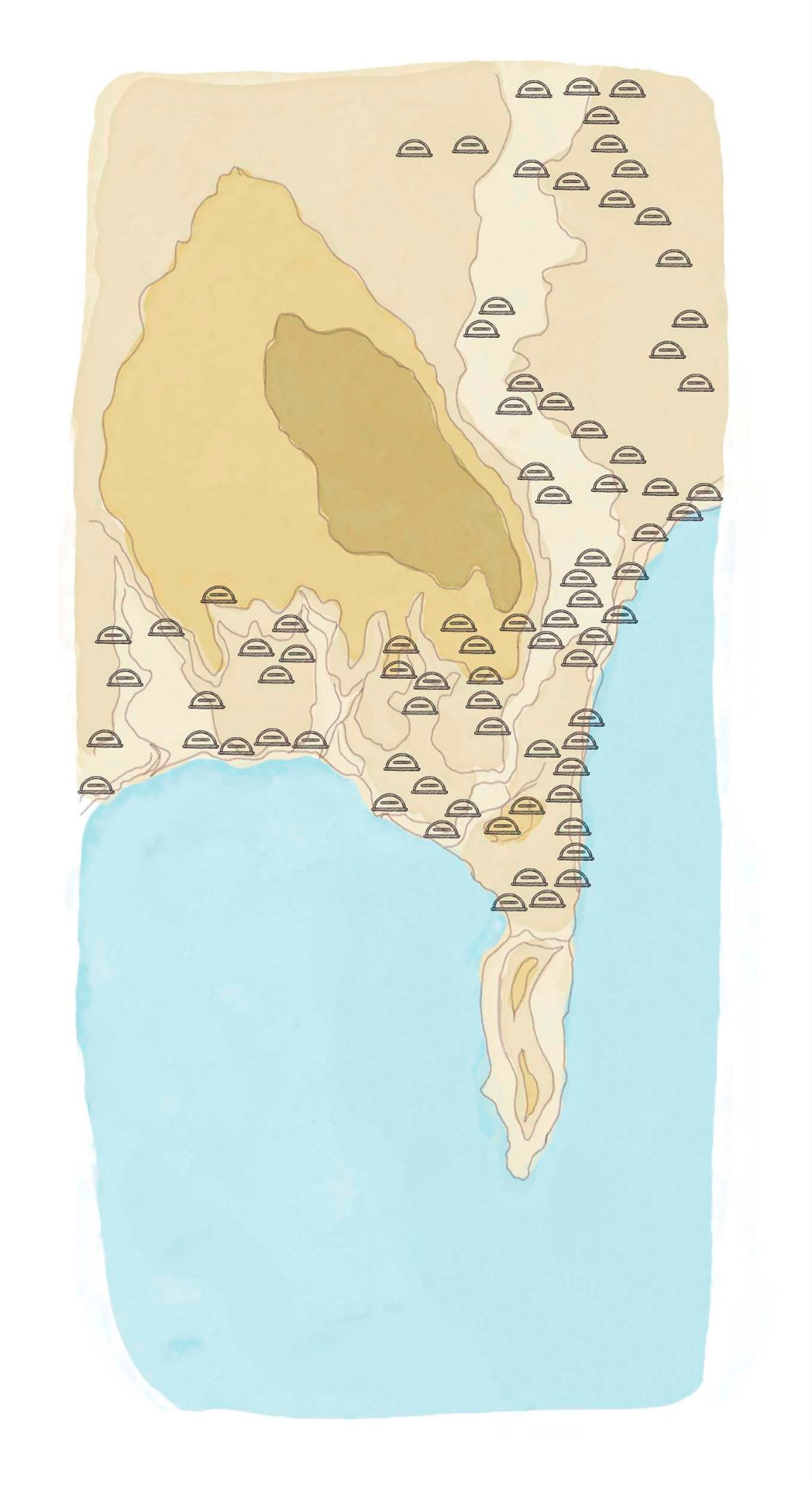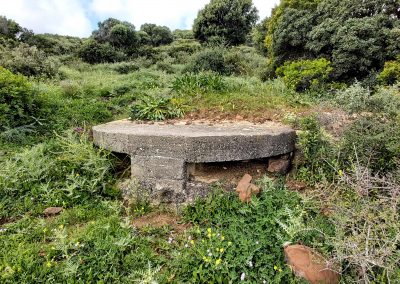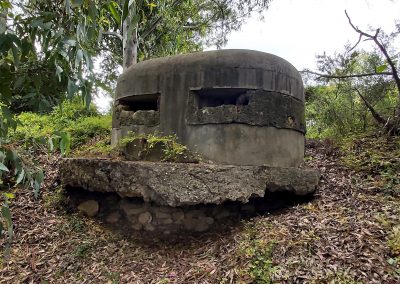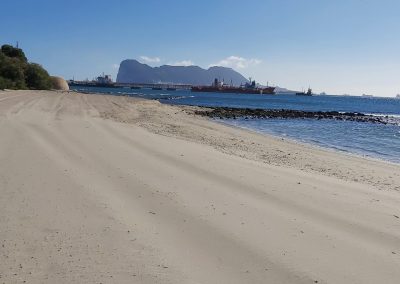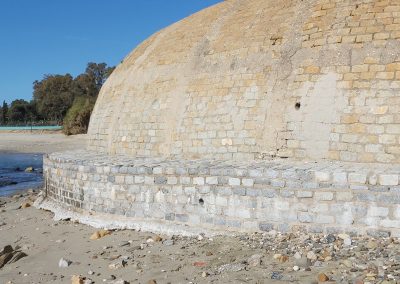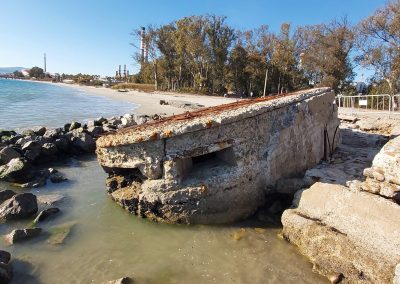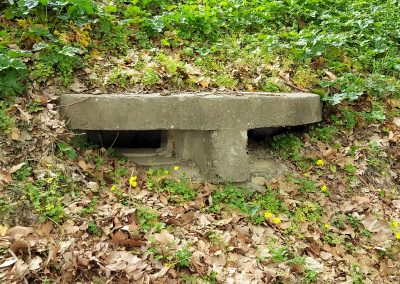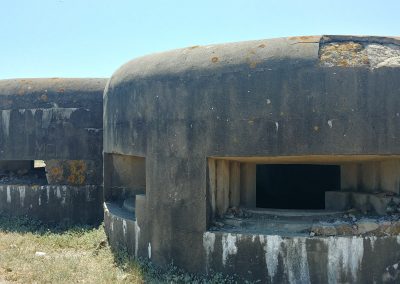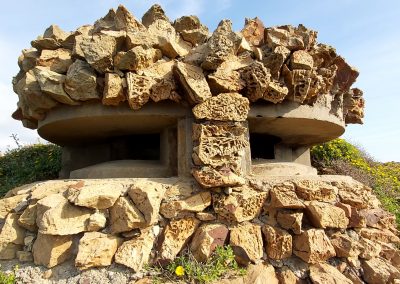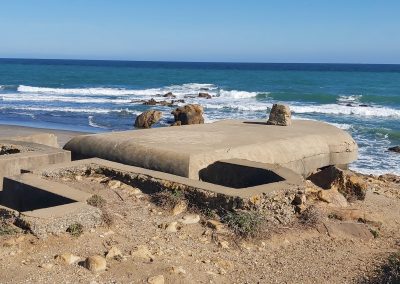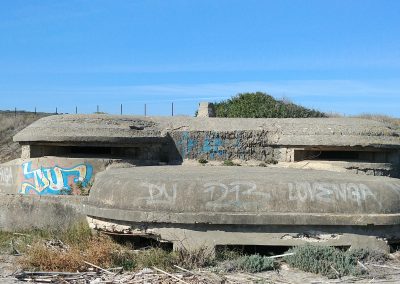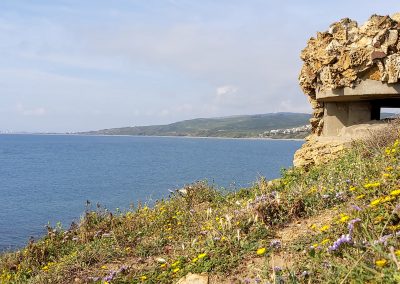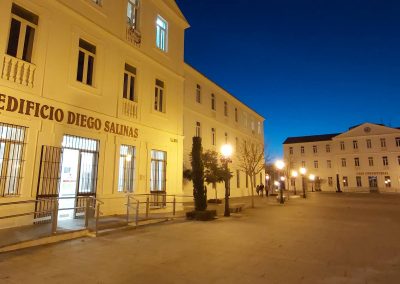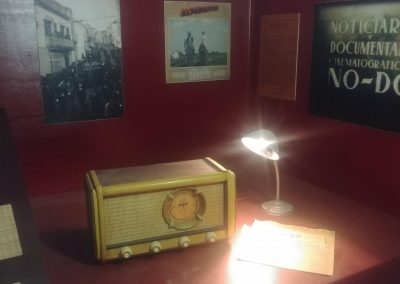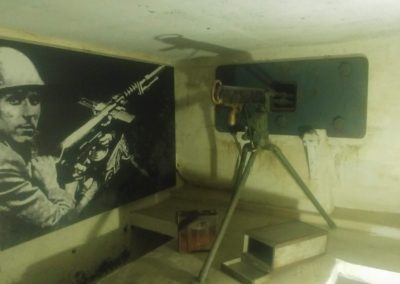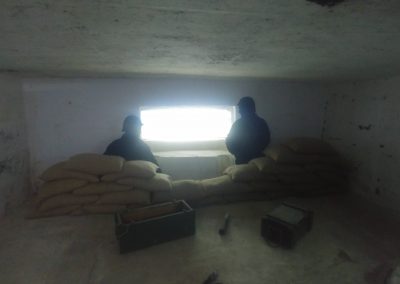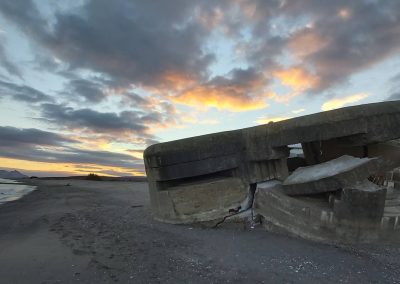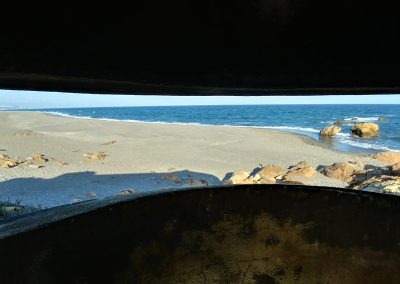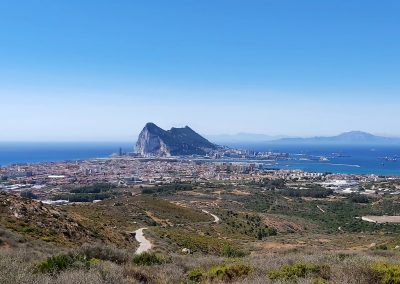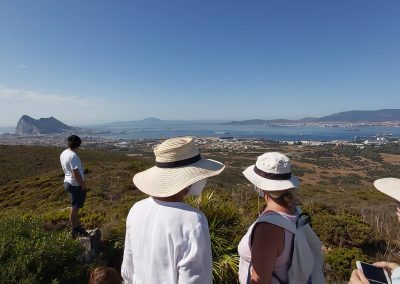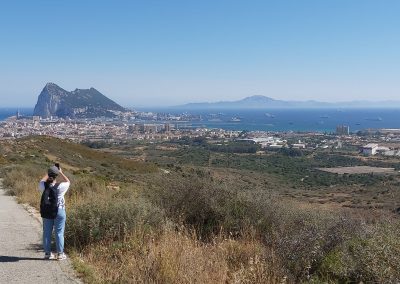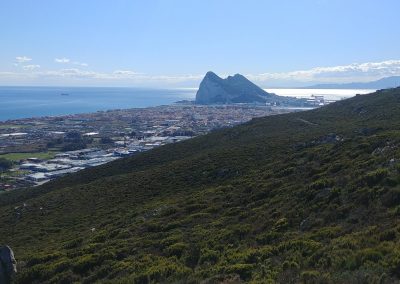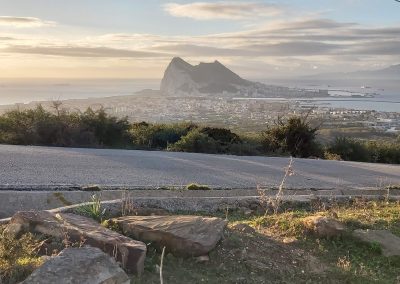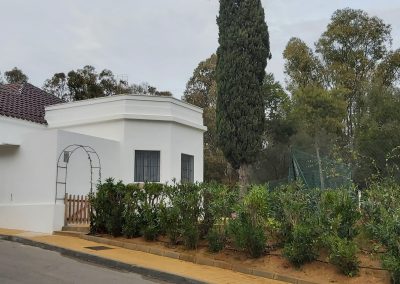Enjoy
San Roque
we want you
World War II routes
The fortifications and artillery in the Strait of Gibraltar during the II World War
Everything started 15 days before the end of the Spanish Civil War, on 16th March 1939, General Franco sent a telegram to the commander-in-chief of the Southern Army, Queipo de Llano, ordering him to commence the construction of a series of bunkers, minefields, dragon teeth and a moat facing Gibraltar. World War Two did not start until September that year, but in April this work would be extended and the Southern Frontier Fortification Plan began to be implemented. This plan included the construction of hundreds of kilometres of roads and tracks, fortifications, bunkers, anti-aircraft gun emplacements, search lights, munitions dumps, an aerodrome and the installation of artillery pieces in strategic locations.
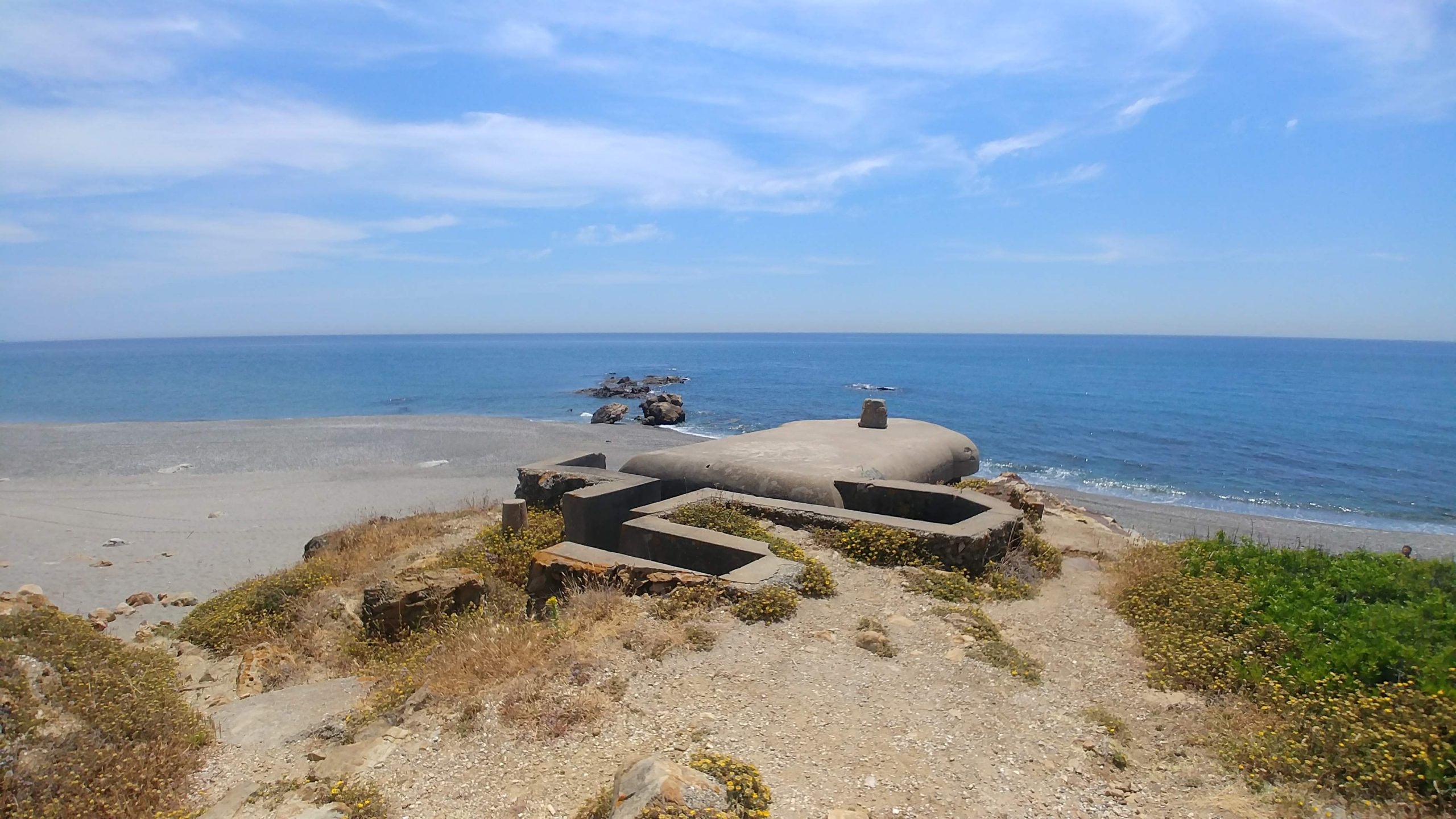
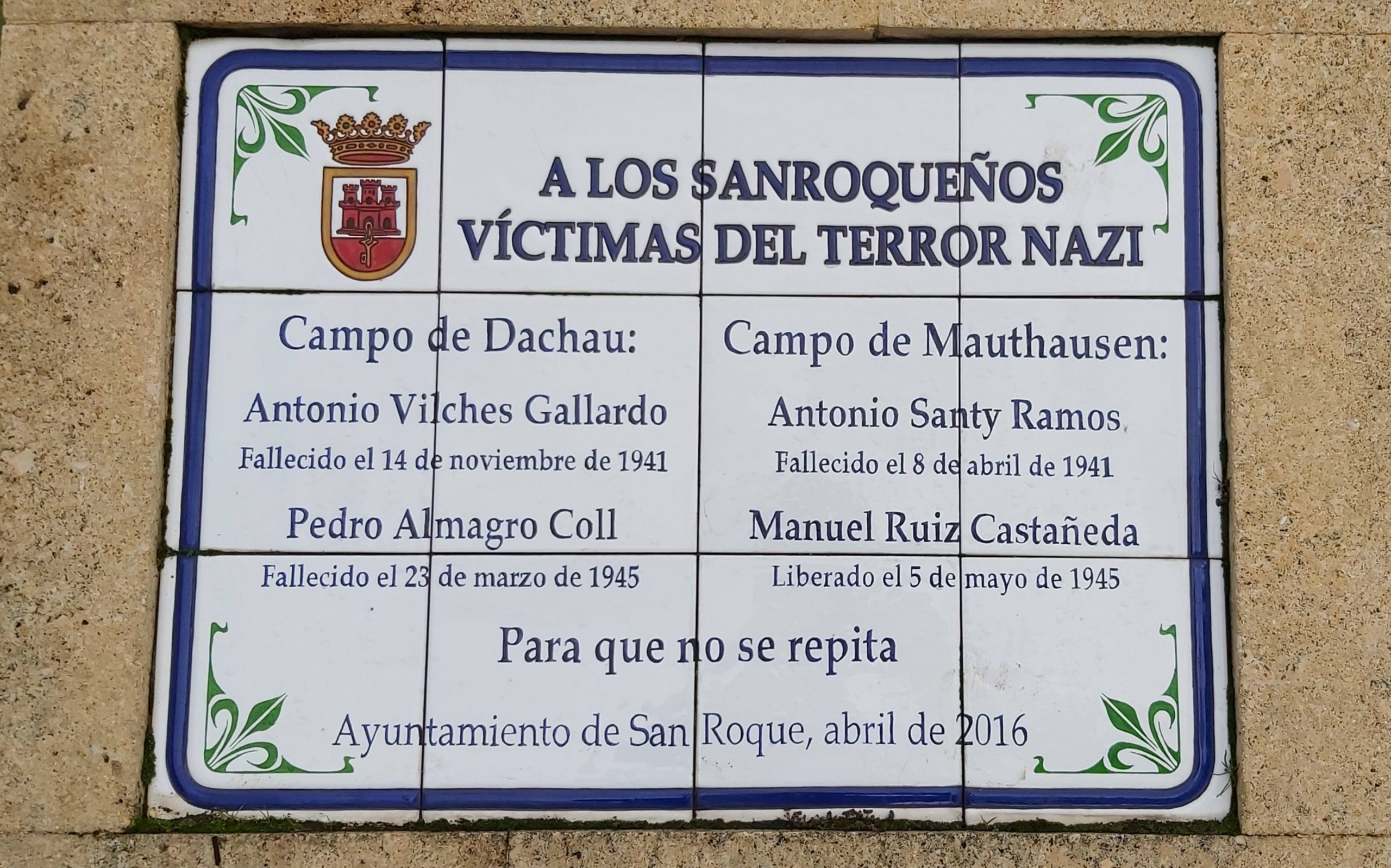
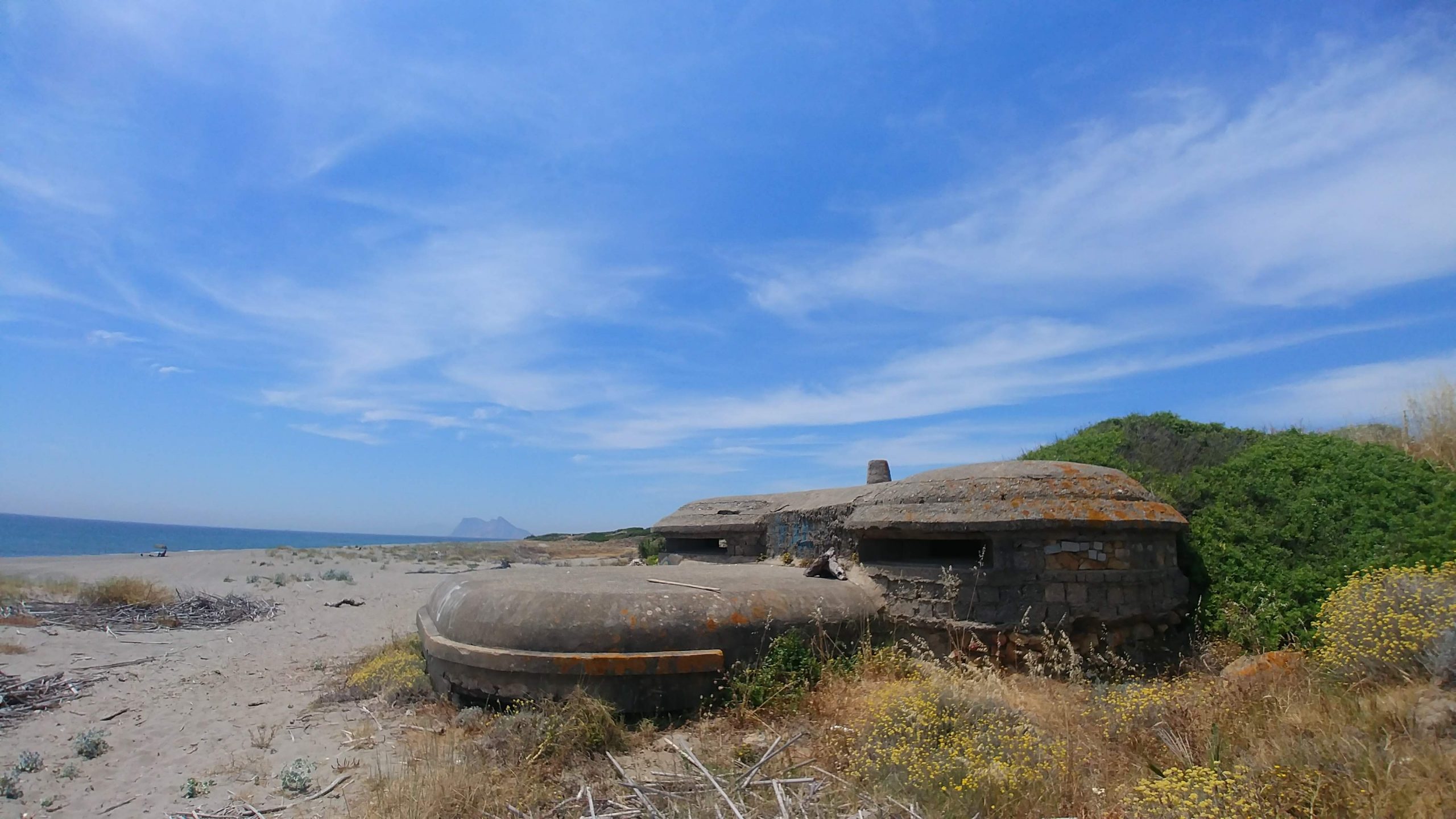
The objective of all these military installations was to enable Spain to enter the Second World War on Germany’s side, conquer Gibraltar and take hold of French Morocco. But in 1943, when the installations were almost complete, it was obvious that Germany was not going to win the war. At this point the Francoist government made a big shift in its international policies which, among other things, led Spain to argue that the fortification of the Strait was only defensive in nature, to avoid a possible invasion of Allied forces.
In actual fact, the Gibraltar Area is the location of the highest concentration of WWII bunkers and fortifications in Spain. San Roque, particularly the southwest slopes of Sierra Carbonera, is the borough featuring the largest number of these sort of installations.
All those pillboxes and bunkers, roads, tracks and installations were built with pickaxes and shovels between 1939 and 1945, by approximately 30,000 political prisoners who had been sentenced to forced labour in the Workers Disciplinary Batallions and most came from other regions of Spain. Many of the roads and tracks still used nowadays were built during this period by Republican prisoners.
Prisioners, spies and air-raids
All those men who worked as prisoners to carry out the Fortification Plan worked like dogs: they went hungry, were cold and suffered from diseases. They were treated badly and many were shot dead. Others died of starvation or different diseases. They were victims of the ambitions of a dictatorship that wanted Spain to participate in another war when the country had not overcome the one it had suffered from 1936 until 1939.
The Second World War also had consequences for the Gibraltar Area. Fascist Italy and Vichy France carried out air-raids on Gibraltar and some bombs fell in La Linea. Italy also carried out attacks on Gibraltar harbour using mini-submarines and frogmen from the oil tanker Olterra. German and Italian spies closely surveilled everything that was happening in Gibraltar, for example from Villa Carmela in Puente Mayorga and the Reina Cristina Hotel in Algeciras.
Going on bunker route
San Roque Borough Tourist Office offers different routes that provide you with all the know-how of what happened and the variety of fortifications built at that time. Contact the Tourist Office if you wish to go on any of these routes.
- Guadarranque-Puente Mayorga & Campamento Route
- San Roque Carteia Hills Route
- Sierra Carbonera Route
- Alcaidesa-El Faro Route
- Guadalquitón – Borondo Route
- Valley of Guadiaro Route (San Enrique& Guadiaro)
Bunker Museum at Carteia
The borough also features the only bunker museum in Andalusia. It is located at Carteia Archaeological Site, in the village of Guadarranque and can be visited during the site’s opening times.
